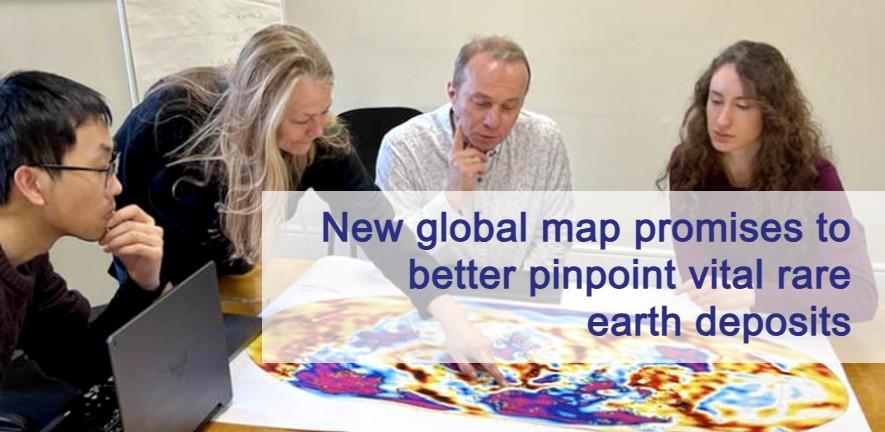
Cambridge geoscientists are developing an atlas that could lead to a more complete understanding of how viable rare earth element deposits form and help locate more secure sources, by mapping the global distribution of critical metals deposits within unusual igneous rocks.
Rare earth elements are vital components in many everyday and high-tech devices, from smartphones and lightbulbs to clean energy solutions like wind turbines and electric vehicles.
With the global shift towards low-carbon energy sources, the demand for rare earths is soaring. While there are rare earth deposits around the world, China dominates the global supply chain, accounting for 70% of rare earth ore extraction and 90% of rare earth ore processing. The UK and EU currently have no domestic source or refining capabilities, leading to concerns over the security of supplies.
“These are critical raw materials; critical both because we need them in almost every gadget and technology, but also because the supply chain is so precarious. We really need to identify rare earth deposits which have a security of supply,” Professor Sally Gibson, Department of Earth Sciences, University of Cambridge
Professor Gibson, holds a £1-million project to investigate how rare earth element deposits form, research that could help guide efforts to pinpoint new, economically viable sources. Rare earth deposits are typically associated with a type of igneous rock called carbonatite. Packed full of calcium, these rocks are unlike other magmas because their chemistry is rich in CO2 and rare earth elements. Gibson has been studying carbonatites for around 30 years. “Carbonatites have long been seen as geological curiosities, things that no one was that interested in in terms of big-picture science,” she said.
Mapping rare earths
Over the last year, the team, which includes postdoctoral researchers Siyuan Sui and Emilie Bowman from Cambridge, have been building their new map, drawing on a bank of data on carbonatites and related rare earth deposits and combining this with information about the lithosphere.
As part of this mission, Sui has been using new seismic data extracted from earthquakes to create computer-generated images of the lithosphere, its thickness and other properties. Alongside this, Bowman has been running statistical analyses of geochemical data on magmas to test their relationship to associated rare earth deposits.

